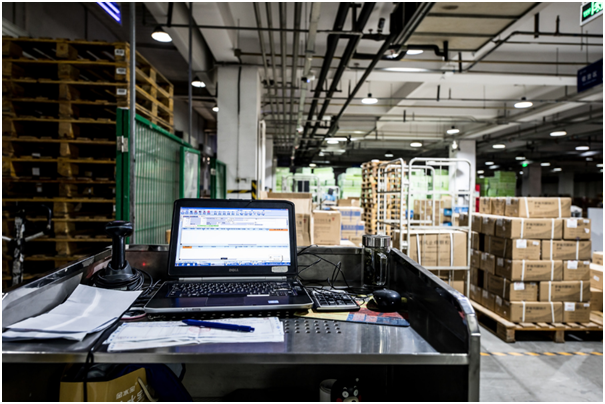Prioritise These IT Security Threats in 2022
The cybersecurity landscape is constantly evolving, bringing new threats to businesses as technology evolves and attacks become more sophisticated. In 2021, we saw new types of attacks hit the headlines as hackers took advantage of the COVID-19 pandemic and the rise of remote working – so what is in store for 2022? Here are the biggest threats to business cybersecurity in 2022.
Supply chain attacks
In the past, if an attacker wanted access to your data or to compromise your business, they went straight for your network itself. Now, they look for vulnerabilities in your partners, providers, customers, and other elements of your supply chain to target you or your supply chain as a whole.
For example, if one of your suppliers has an IT security vulnerability, hackers can target that and then use their system and data to legitimately access your network to send legitimate emails and communications contaminated with malware. We saw a few of these attacks in 2021 and we expect more of these in the coming years.

Government and infrastructure attacks
Cybercrime has evolved into a weapon for certain governments, terrorist groups, and government-affiliated groups, with ransomware, hacking, and malware being used to target key infrastructure and destabilise competing nations. This has a severe knock-on effect on the economy and businesses as well as essential government services, and we expect to see increasing regulation, policing, and policy development on internet infrastructure at national levels as a result.
Of course, this means an increased need for robust security and compliance for businesses who are in higher-risk industries or who are connected with these targets.
Fake news and deepfake attacks
Fake news has never been more powerful than in this digital age, and we can expect cybercriminals to continue to use this to their advantage. Current trends show that fake news is going to play a prominent role in smishing and phishing attacks and scams to commit fraud and identity theft as well as push propaganda to influence people into positions that create vulnerabilities in your system.
Fake news attacks can be simple or sophisticated, ranging from those everyday social media posts that encourage you to list all your favourite things (this helps target passwords and password questions) and legitimate-seeming emails that appear to be from a client or higher management demanding a person release funds, to deepfakes that make false accusations against your business.
Ransomware and malware attacks
These types of attacks have been around for a long time, but they have started changing in a very concerning way. Today, anyone can launch a malware or ransomware attack – they don’t need any in-depth IT knowledge. This is because of the rise of RaaS (Ransomware-as-a-Service), where cybercriminals sell their services online to whoever wants them. The cost of implementing these attacks can be as low as the cost of a takeaway coffee, so there’s no real barrier to entry for a malicious actor.

Otto is dedicated to making the online space as safe and secure as possible for your employees and organisation. From regular cybersecurity seminars and access to the latest IT security tech to staff training, our team covers all of your bases when it comes to cybersecurity – even on a budget.



